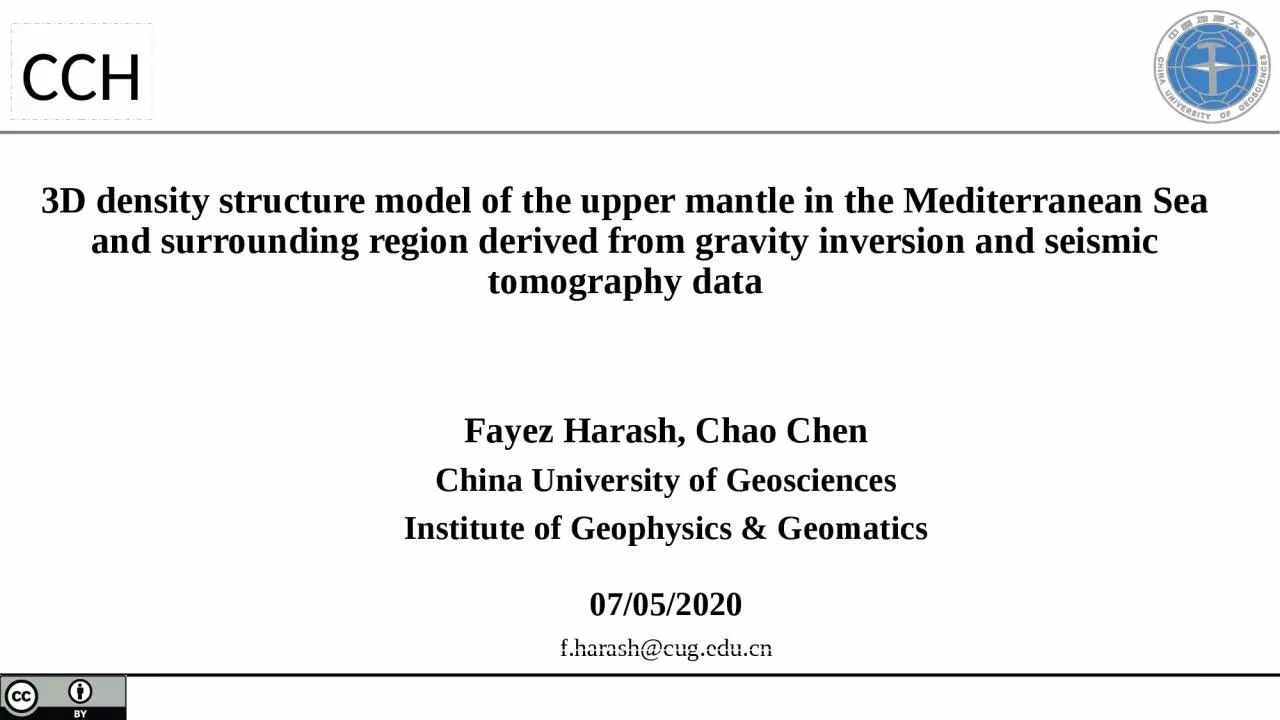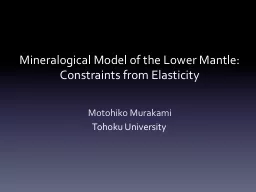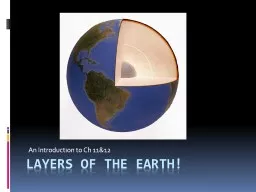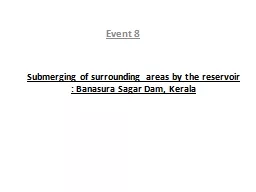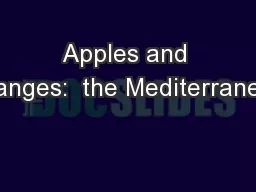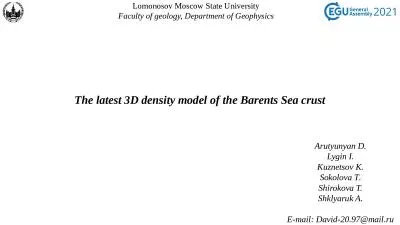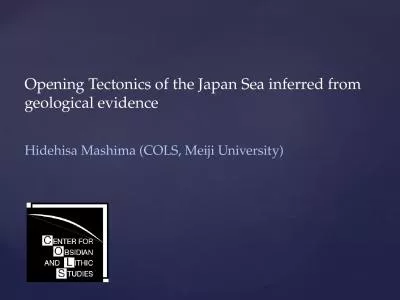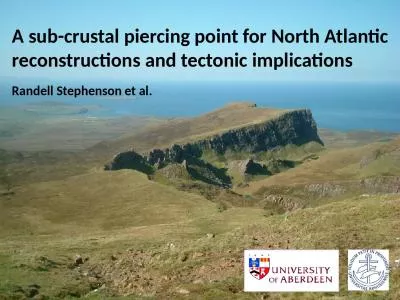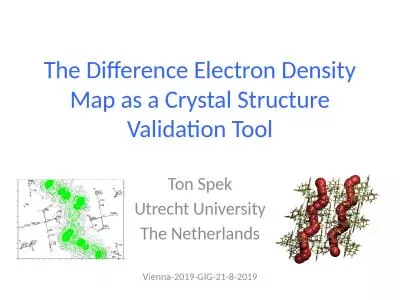PPT-3D density structure model of the upper mantle in the Mediterranean Sea and surrounding
Author : blanko | Published Date : 2023-09-25
Fayez Harash Chao Chen China University of Geosciences Institute of Geophysics amp Geomatics 07 052020 fharashcugeducn CCH CCH Outline China University of Geosciences
Presentation Embed Code
Download Presentation
Download Presentation The PPT/PDF document "3D density structure model of the upper ..." is the property of its rightful owner. Permission is granted to download and print the materials on this website for personal, non-commercial use only, and to display it on your personal computer provided you do not modify the materials and that you retain all copyright notices contained in the materials. By downloading content from our website, you accept the terms of this agreement.
3D density structure model of the upper mantle in the Mediterranean Sea and surrounding: Transcript
Download Rules Of Document
"3D density structure model of the upper mantle in the Mediterranean Sea and surrounding"The content belongs to its owner. You may download and print it for personal use, without modification, and keep all copyright notices. By downloading, you agree to these terms.
Related Documents

